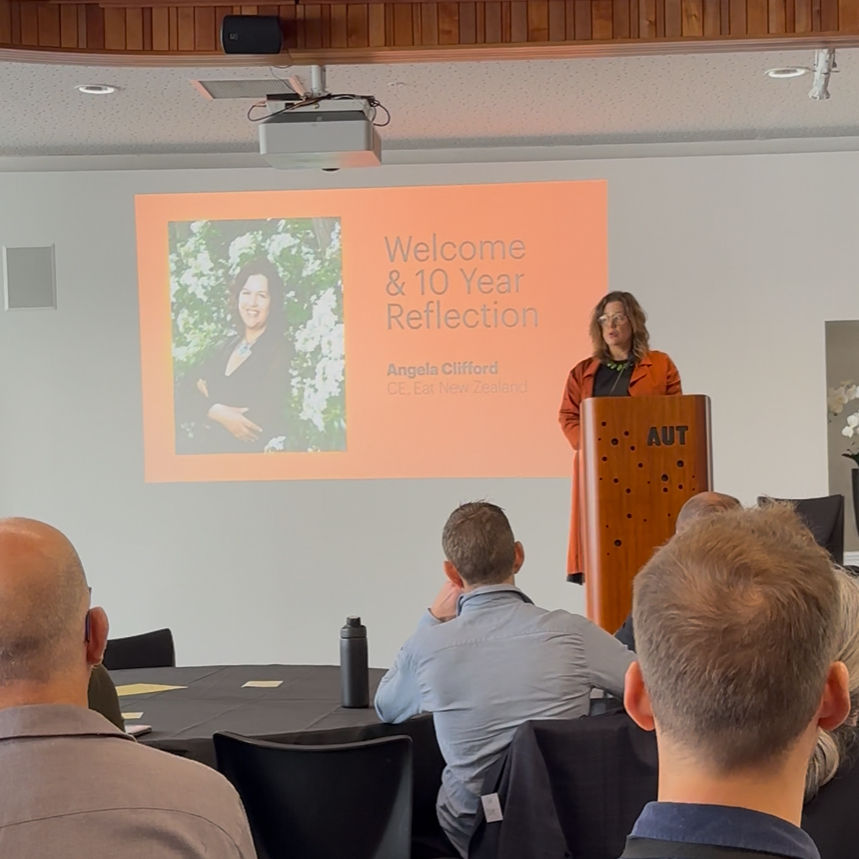Behind Food Waste: Water
- Michal Garvey
- Mar 5
- 3 min read
Updated: Mar 11

The 22nd of March marks World Water Day, a day set by the United Nations to highlight the importance of freshwater across the globe. You might be asking yourself, what's World Water Day have to do with Foodprint? Well, the answer is quite a lot so we thought we’d use this opportunity to wade into the water that is wasted in food waste.
When food is wasted, what most people see is the item that has been thrown out. Take for instance, that half loaf of sourdough that you brought for weekend brunch, and by Thursday has been forgotten about, is on its way to being rock hard, hidden behind a can of chickpeas in the cupboard, it’s waiting room, before it hits the compost bin - that reminds me to check my pantry this evening!👀* While most people just see the loaf of bread, we see what’s hidden inside it - a long list of wasted resources, including water.
The amount of water required to produce our food is mind-boggling - a single orange requires 50 litres of water to grow; one kilogram of beef, up to 15,000 litres and it’s bad news for chocolate lovers, as 1 kilogram takes a whopping 17,196 liters of water to produce! When thinking about one-third of food being wasted, that’s a heck of a lot of water waste too. In fact, according to the World Resources Institute, inside the 1.3 billion tonnes of food that humans waste each year, is 45 trillion litres of wasted water. This is almost the volume of Lake Taupō, which by the way goes down 186m at its deepest point, meaning there’s a whole lot more water in that lake than what you see on the surface.
While planet earth is often referred to as the ‘blue planet’ in reference to the abundance of water it’s made up of, only a mere 3% of it is fresh water. But our fresh water reserves are even more limited with a further 2-2.5% of them being stored in glaciers, ice caps and snowy mountain tops. This leaves less than 1% of the total water on earth accessible for use for drinking and food production and we’re wasting approximately one quarter of it by throwing food away! The saddest part is that, at the same time, over 2 Billion people, or almost one quarter of the world’s population, live without access to safe drinking water - one of the most basic necessities for life. By anyone's maths, this simply just doesn’t add up.
Back to this year's World Water Day, for which the theme is Glacier Preservation. An apt and timely theme given the exponential rate at which glaciers are melting worldwide, due to human-caused global warming - don’t forget food waste accounts for up to 10% of greenhouse gases, while also wasting all of that precious water. We’ll forgive you for thinking that perhaps glacier-melt could be a good thing, freeing up more of that fresh water for use, but alas, this is not the case. Glacier and sea ice-melt is the largest contributor to sea level rise, displacing people, changing our land use and exposing us to flooding and other extreme weather events.
While sometimes it’s really easy to feel lost in the huge stats and hard to see the difference you as an individual can make, it’s important not to forget that our small actions add up in the collective. Remember that loaf of bread hiding in your pantry? That single loaf of bread used about 1,600 litres of water to produce, which would be wasted if the bread isn’t consumed. Each time you rescue food from Foodprint, you’re not only rescuing the food itself but the many many many litres of water that were used in its creation.
*If this is you, we’re here to help - see here for how to revive that loaf.


Comments